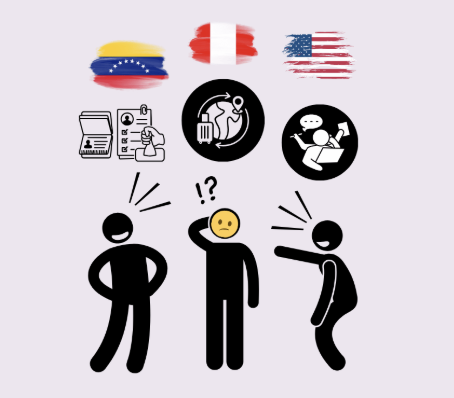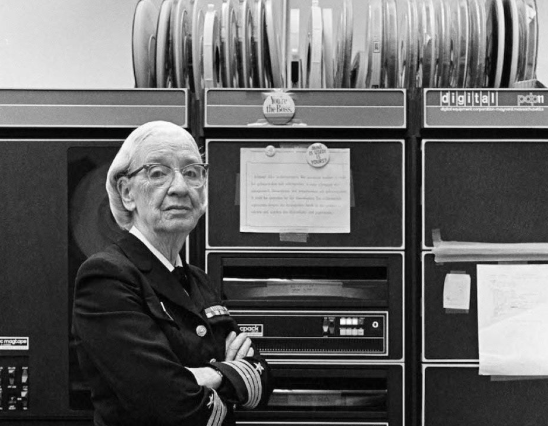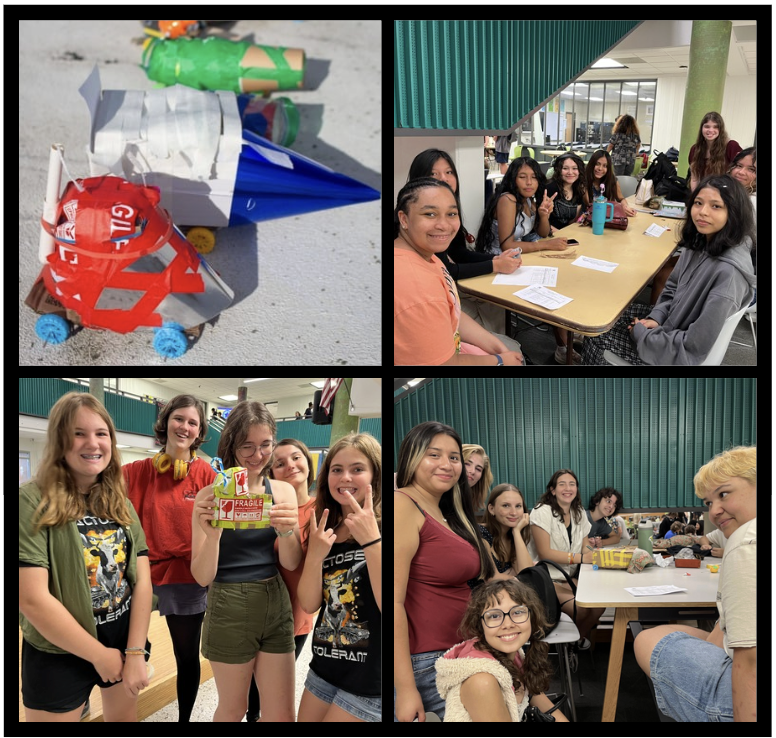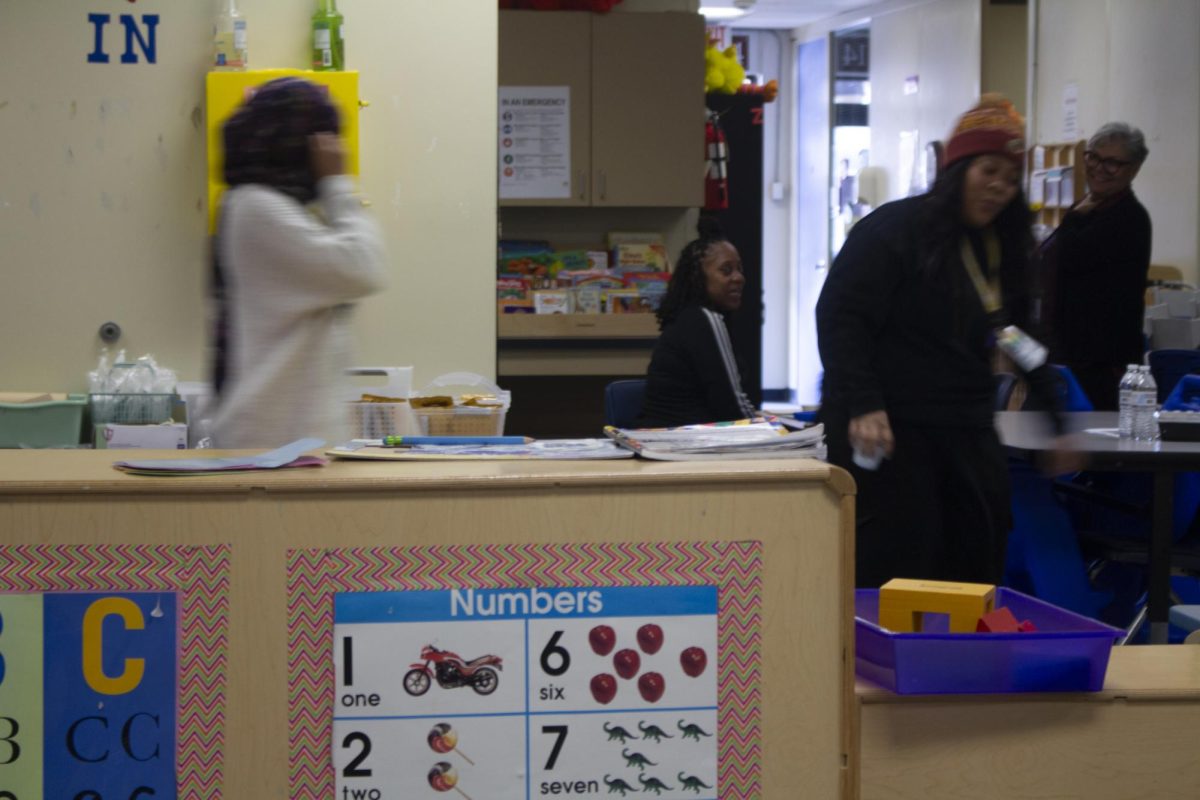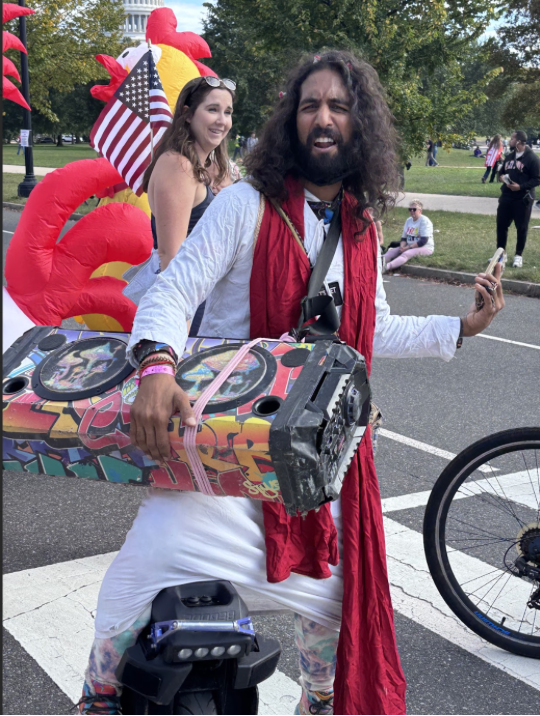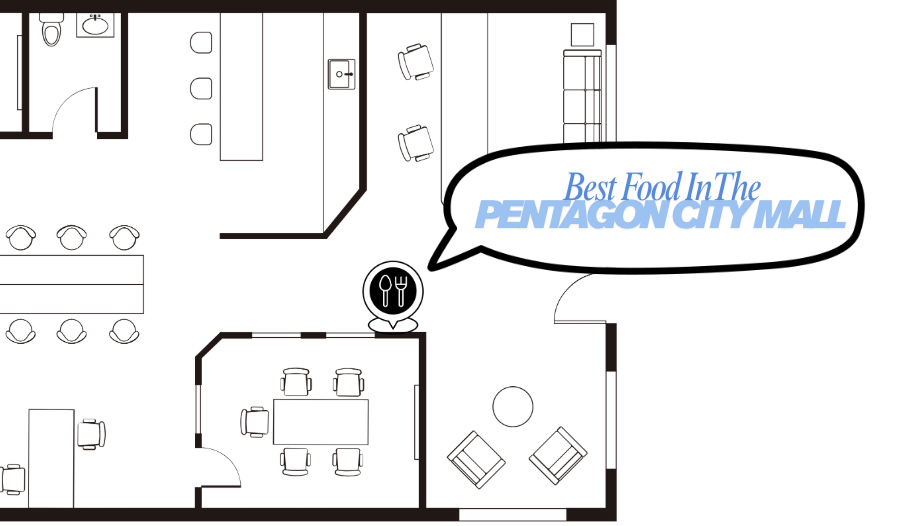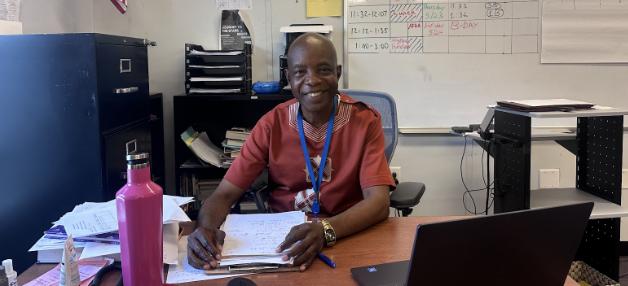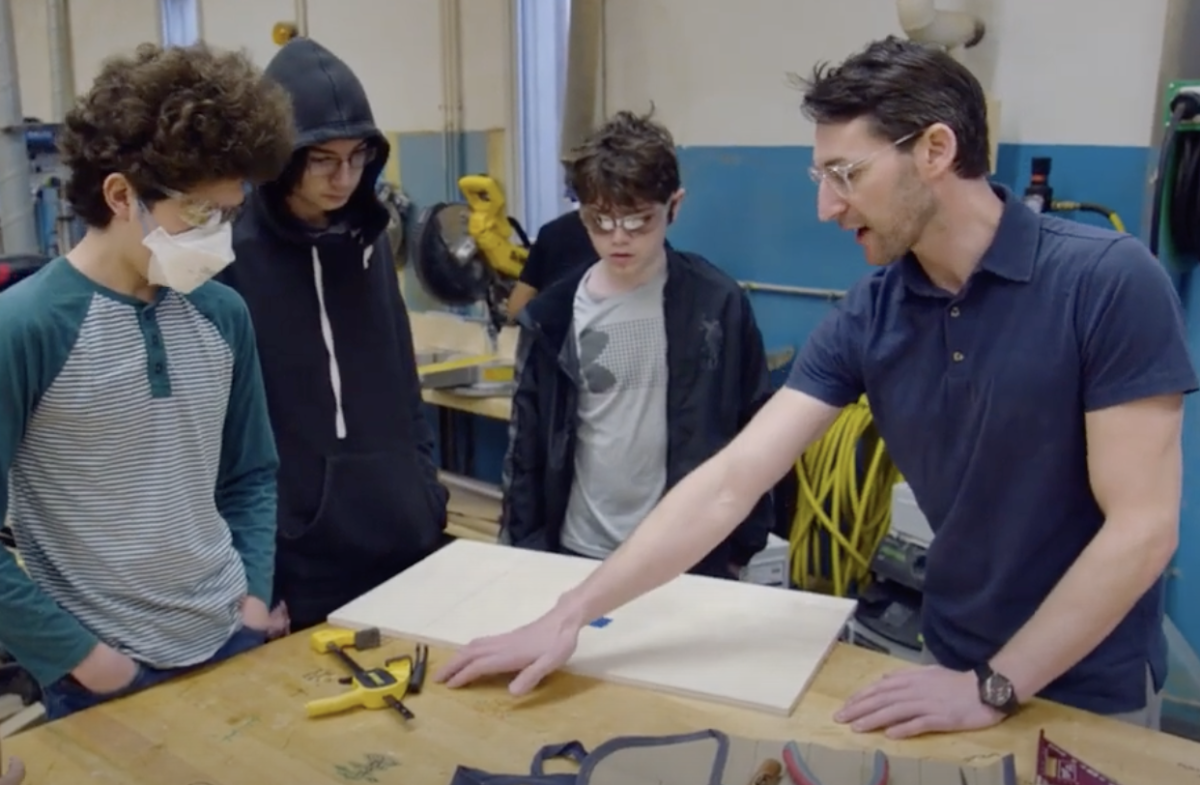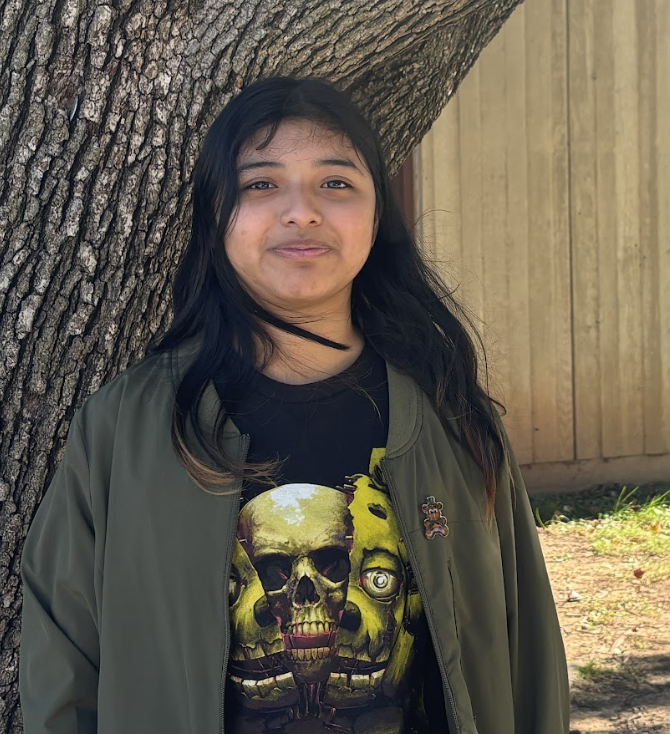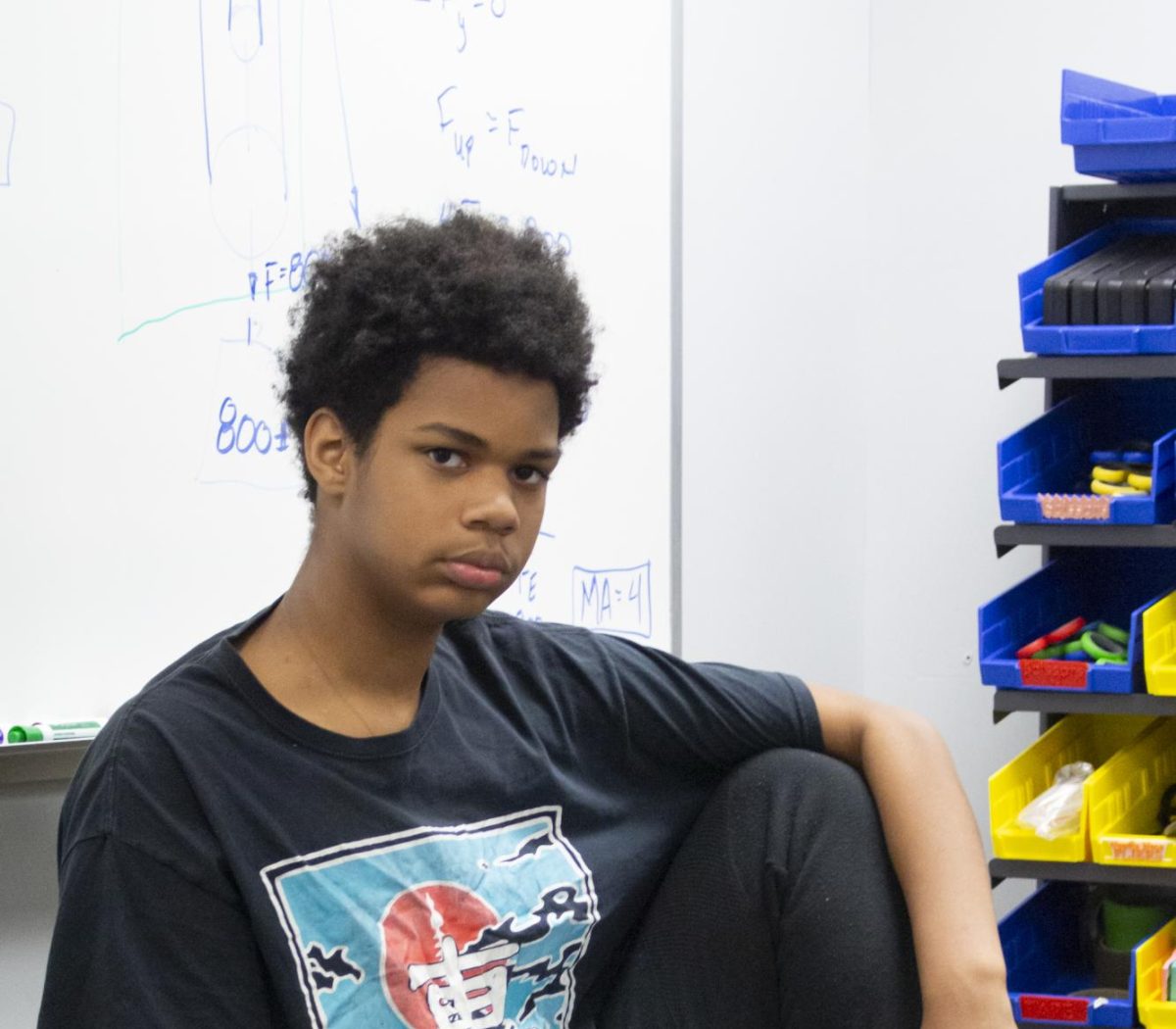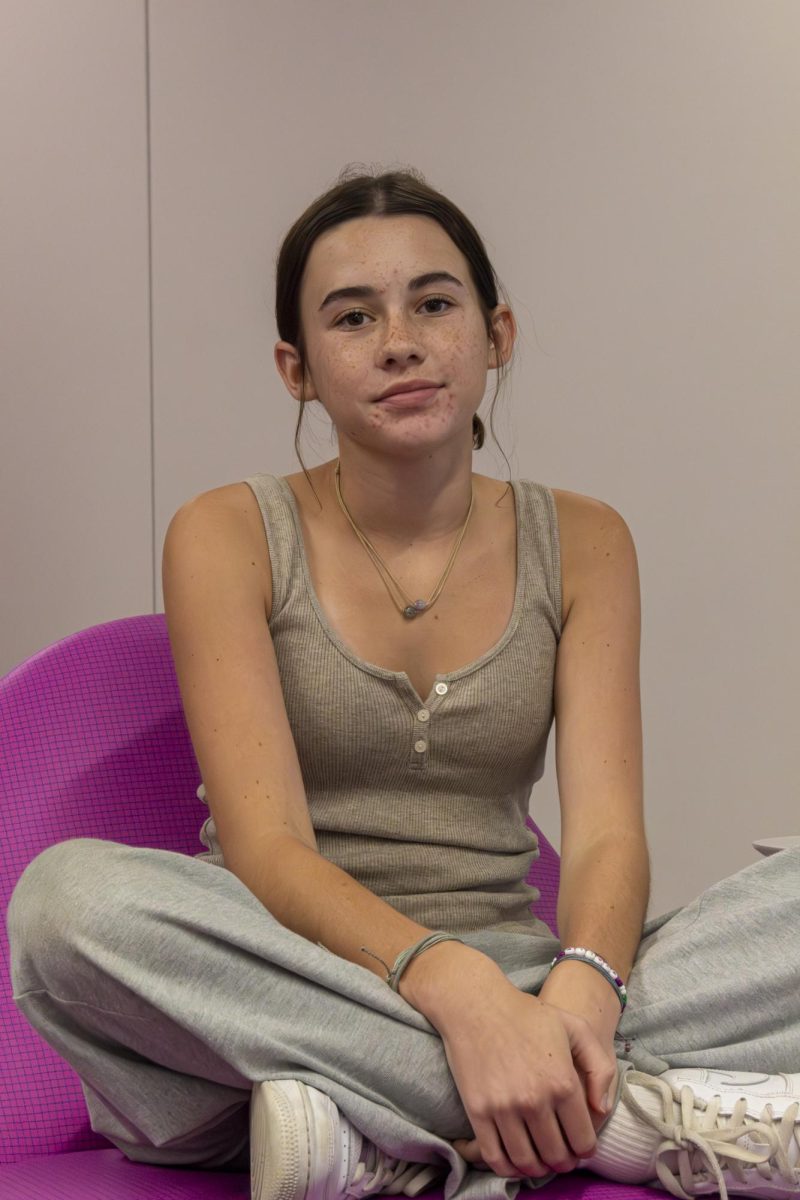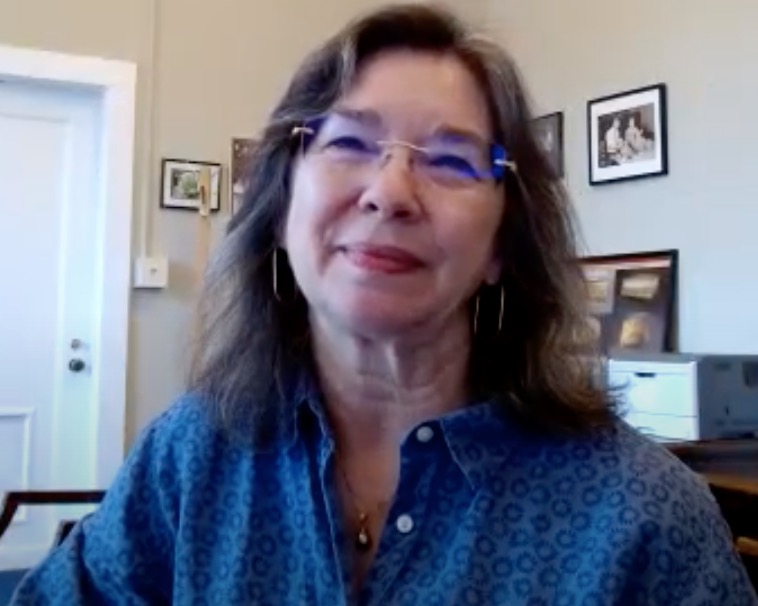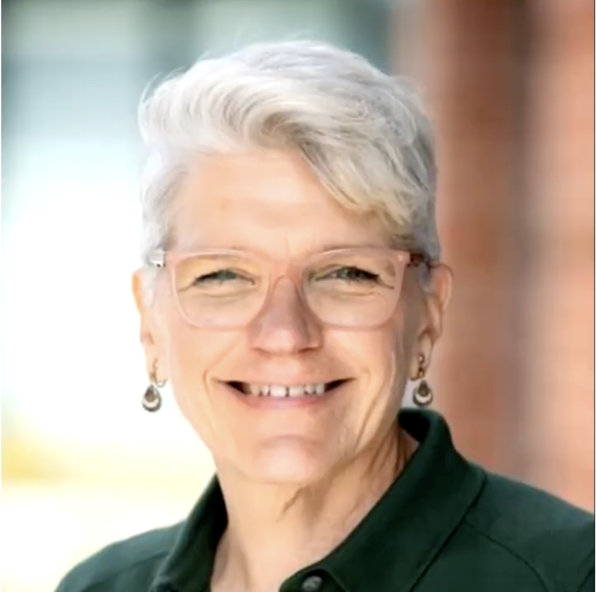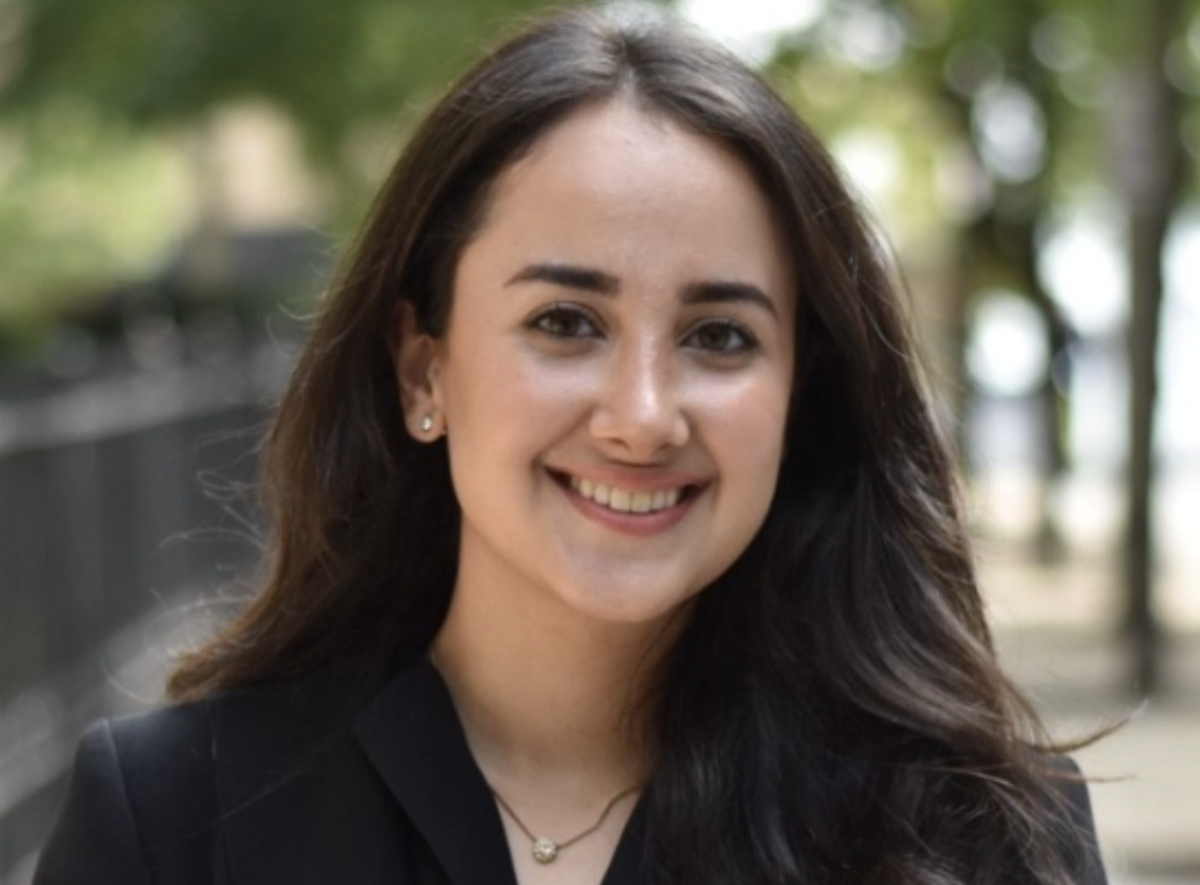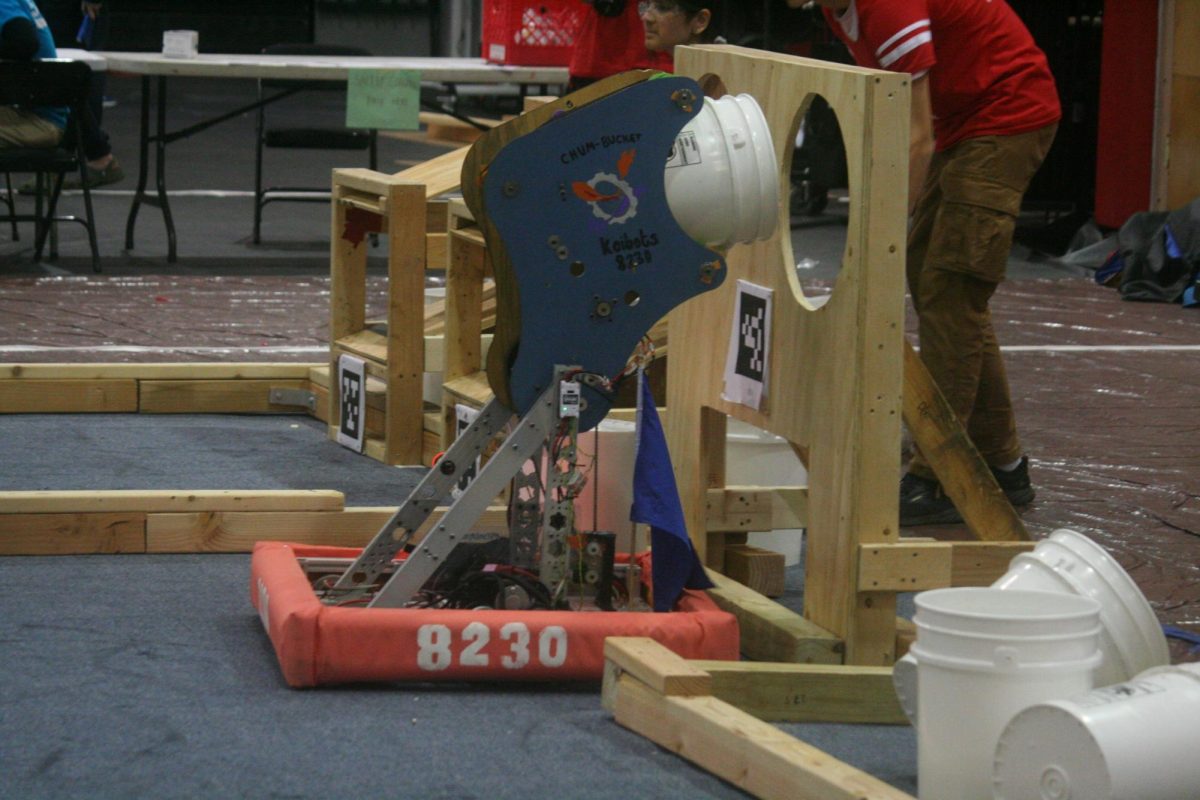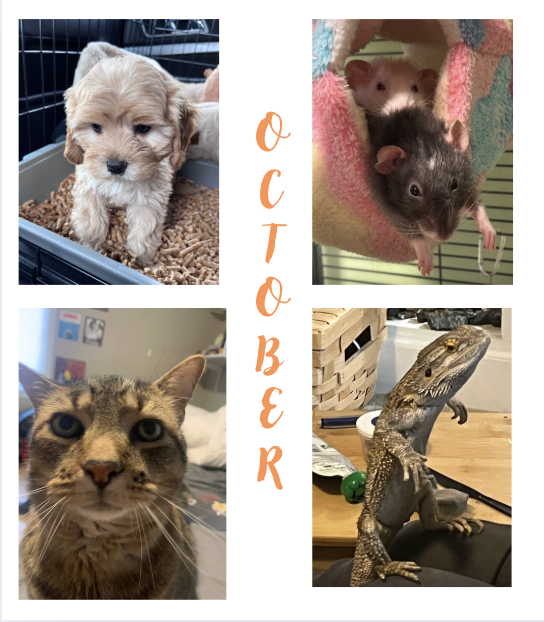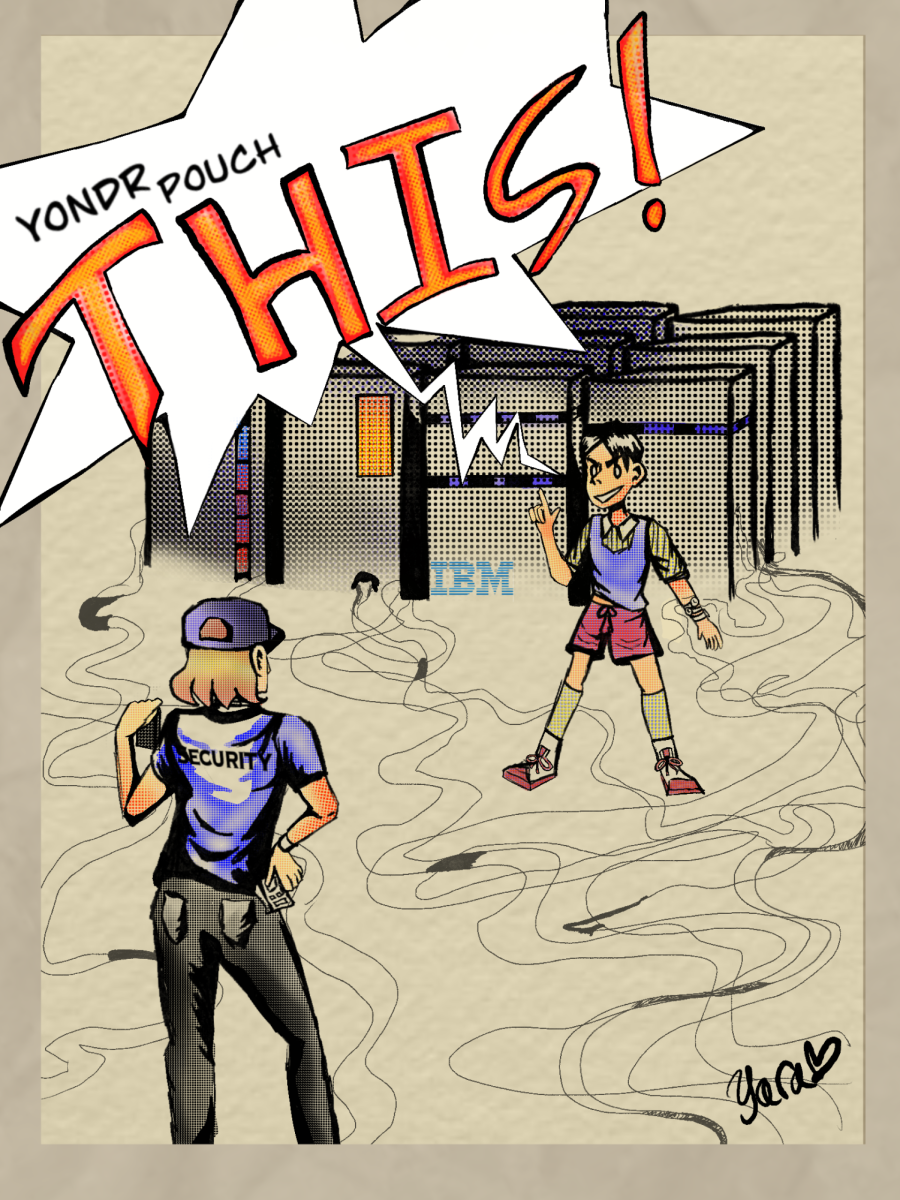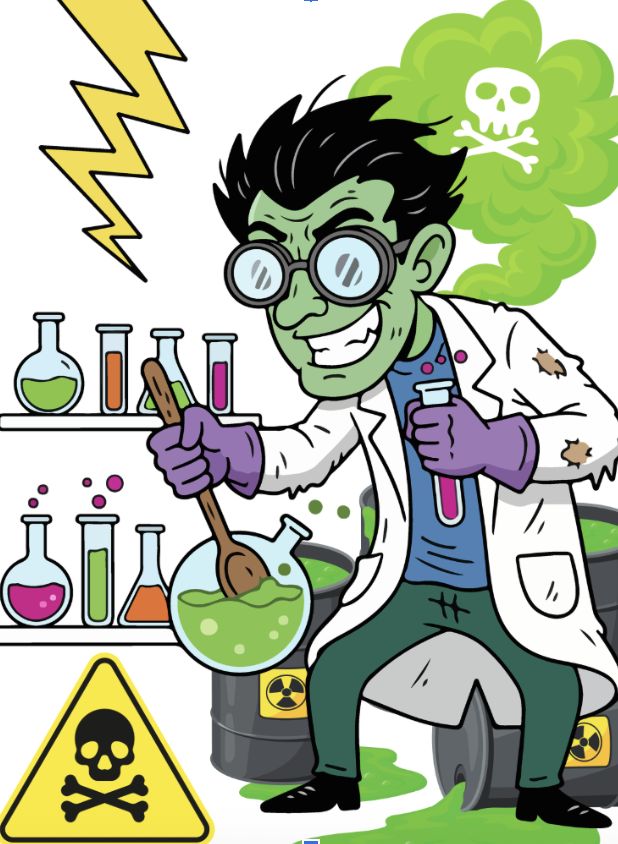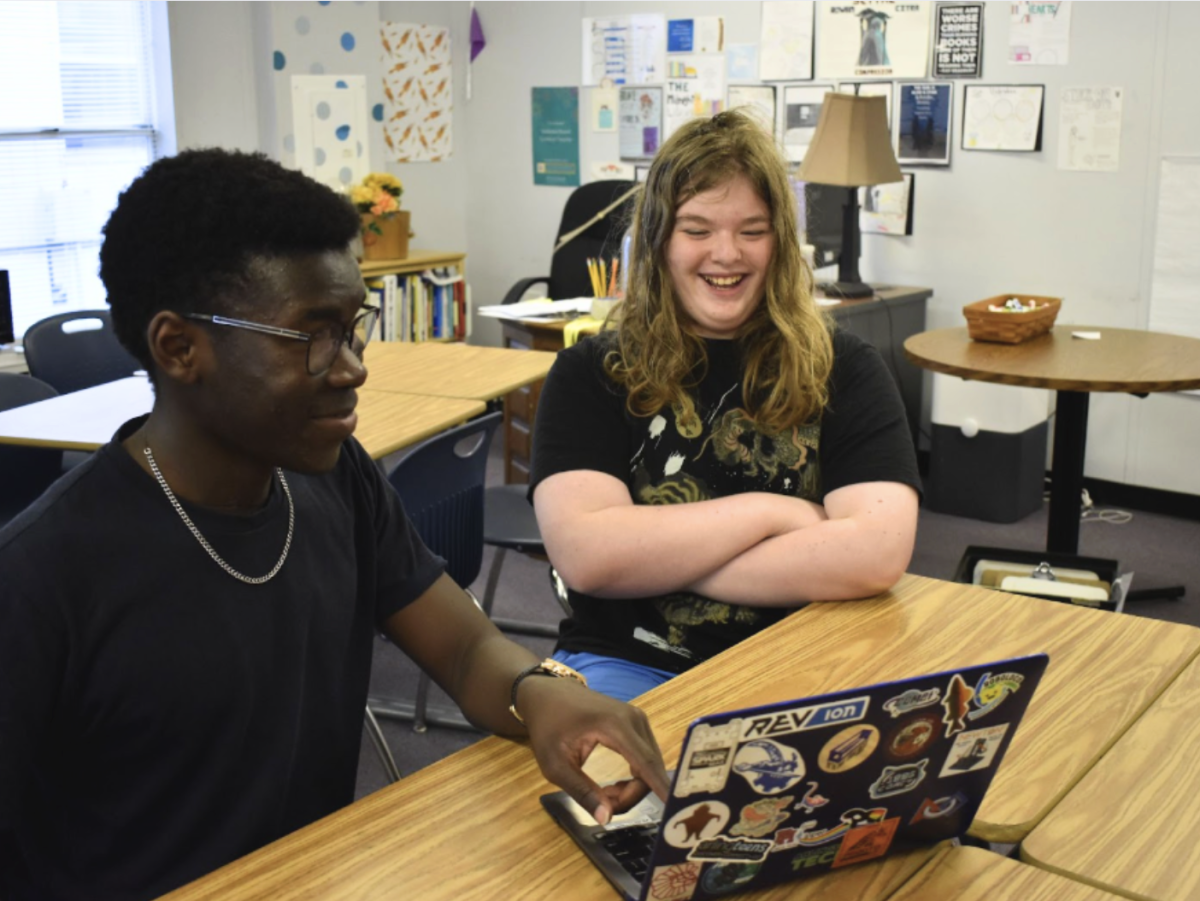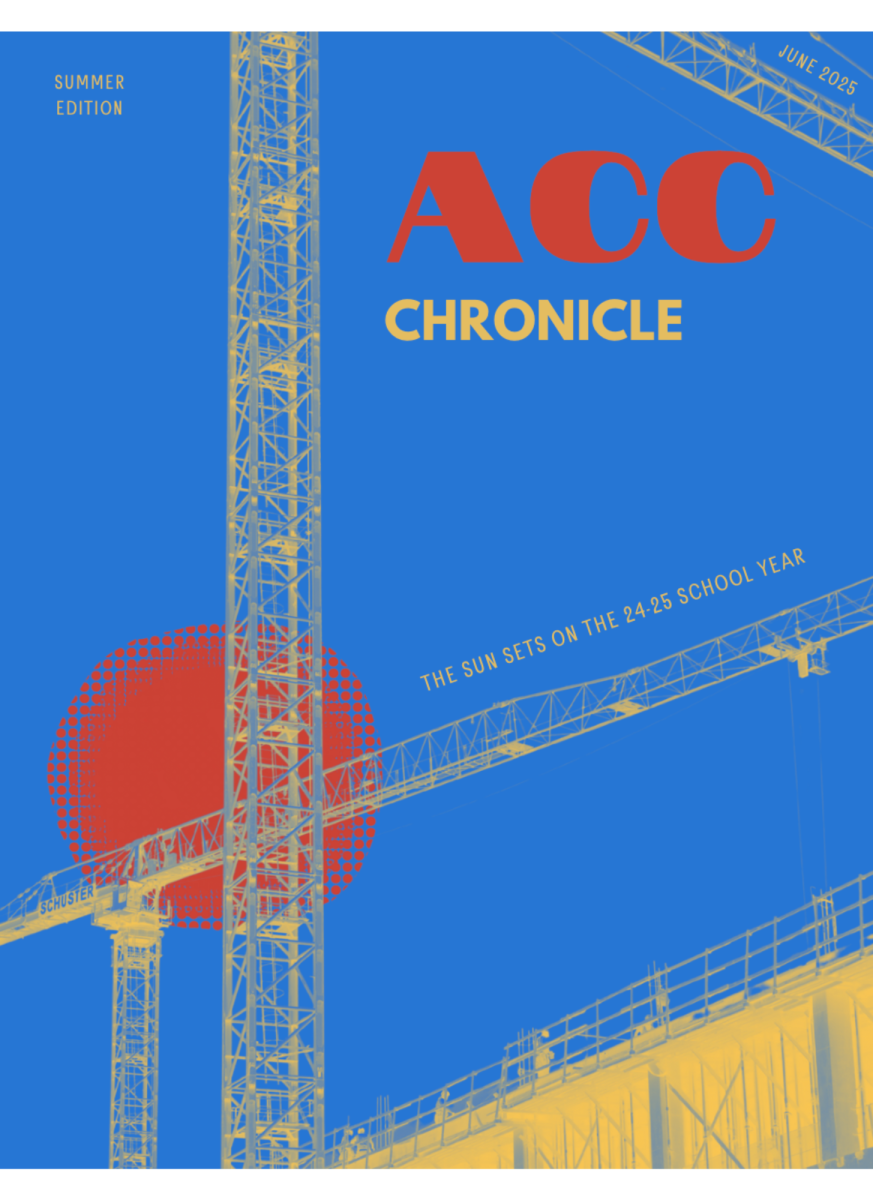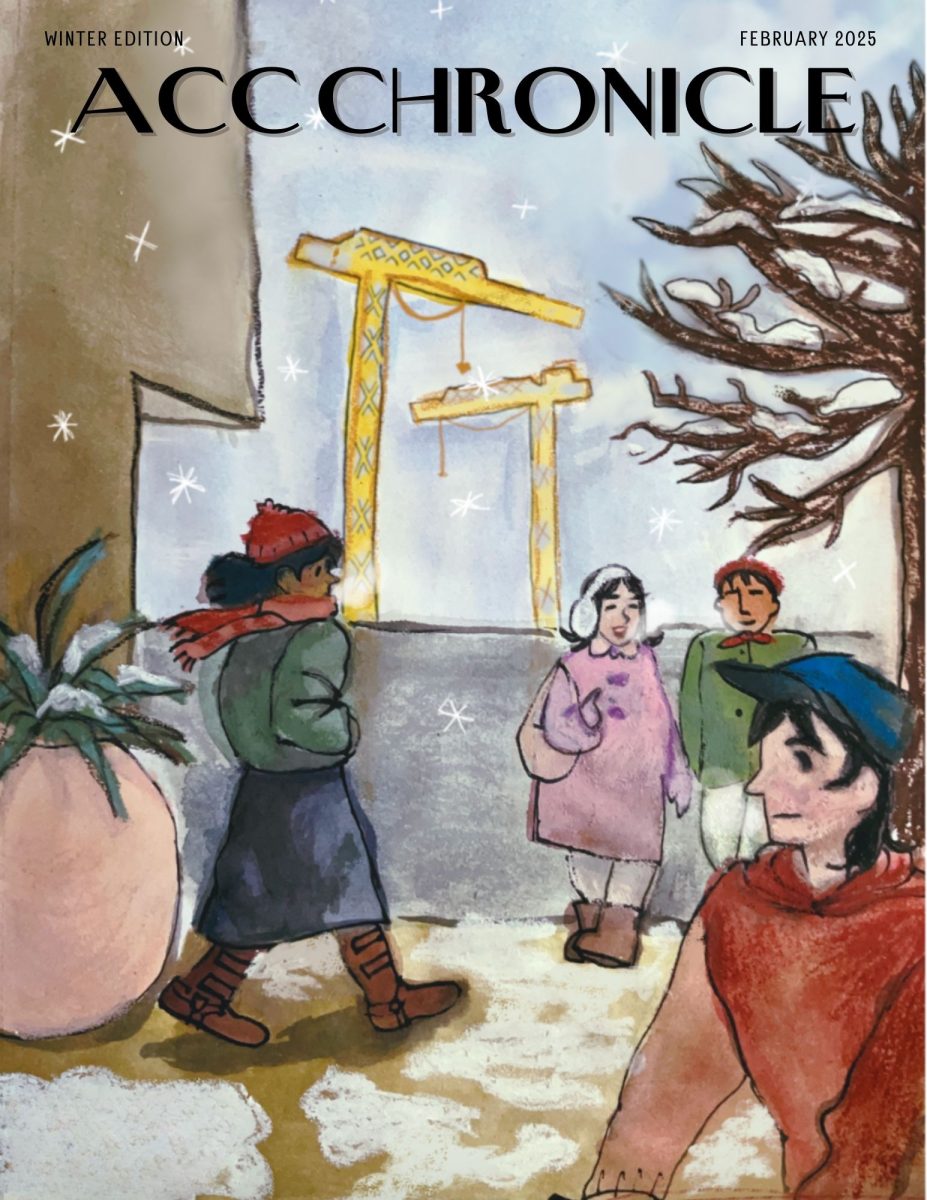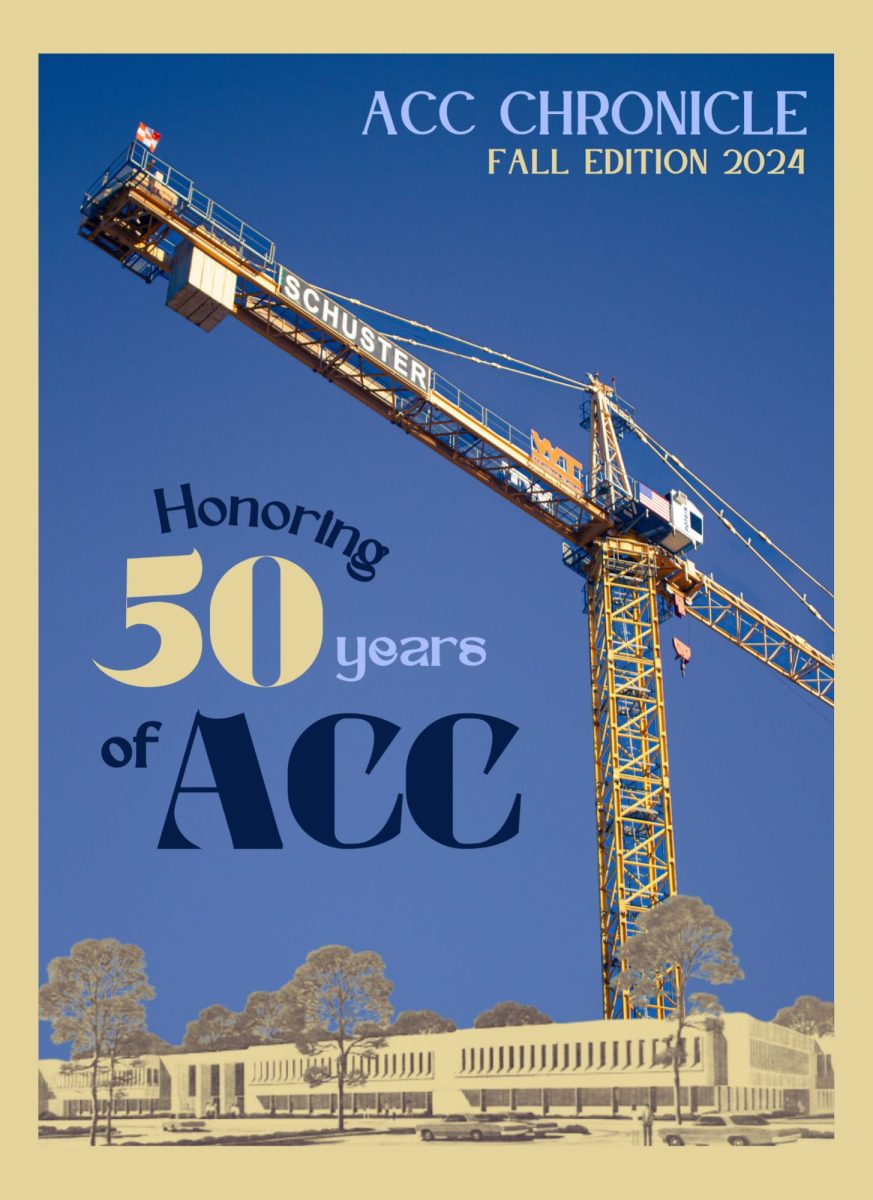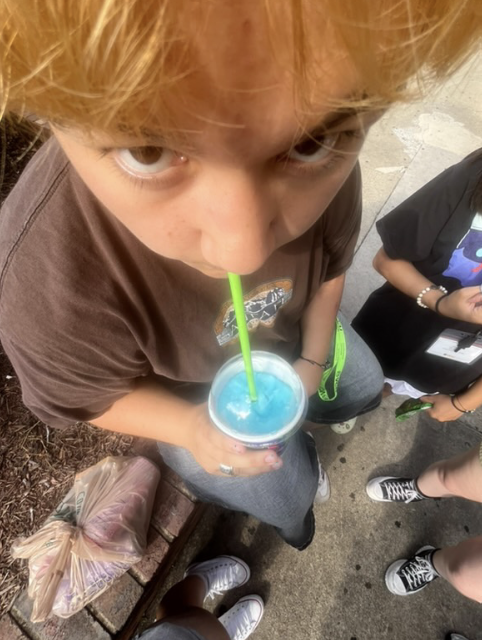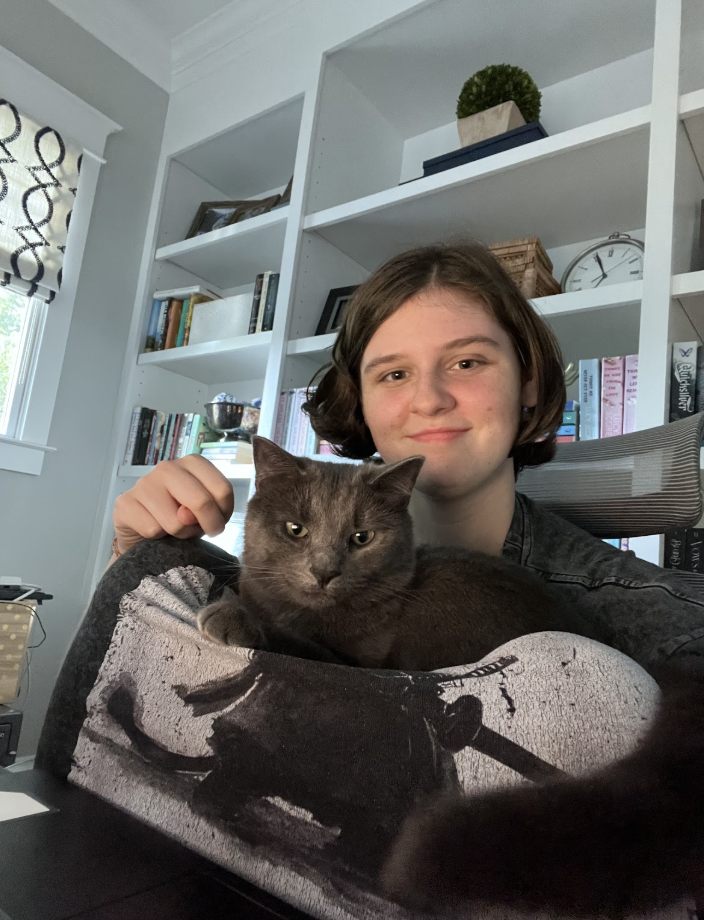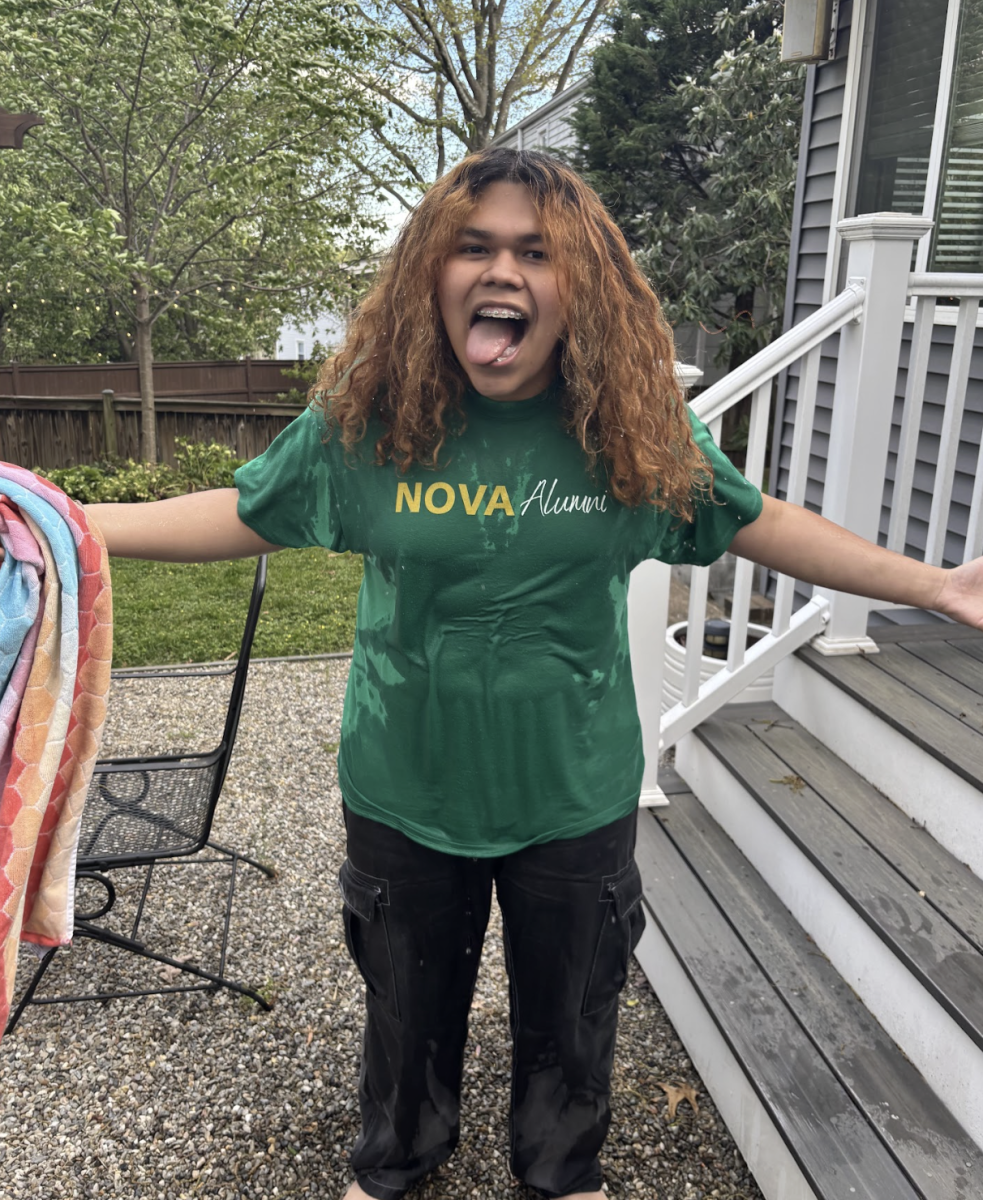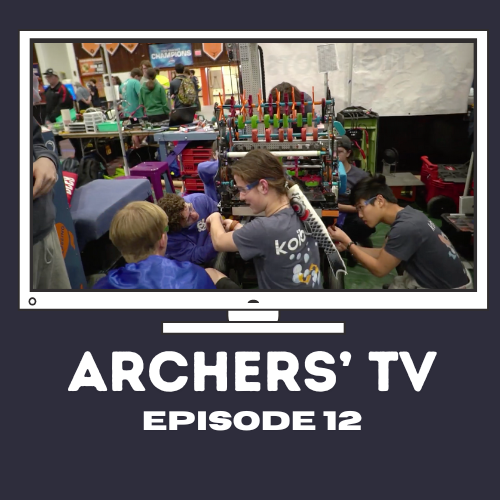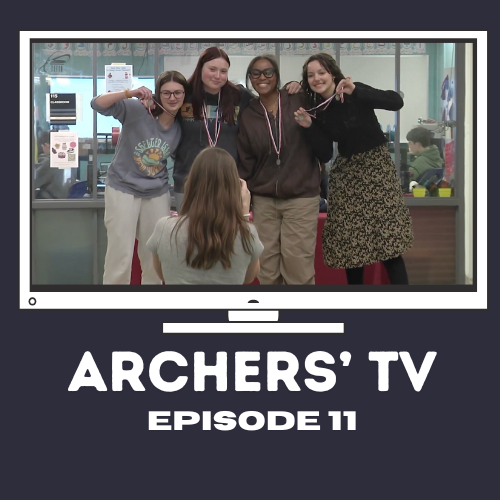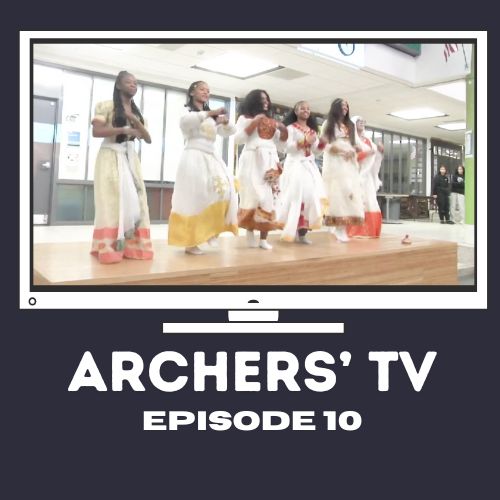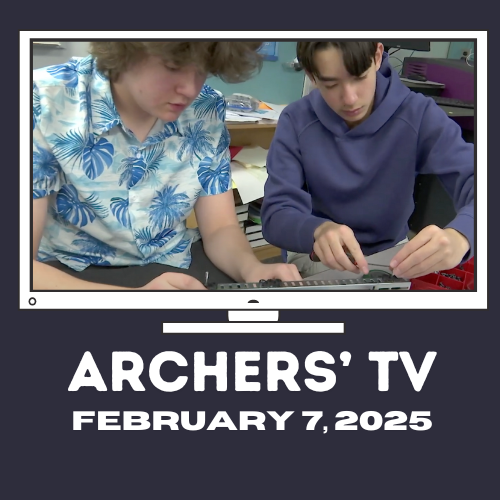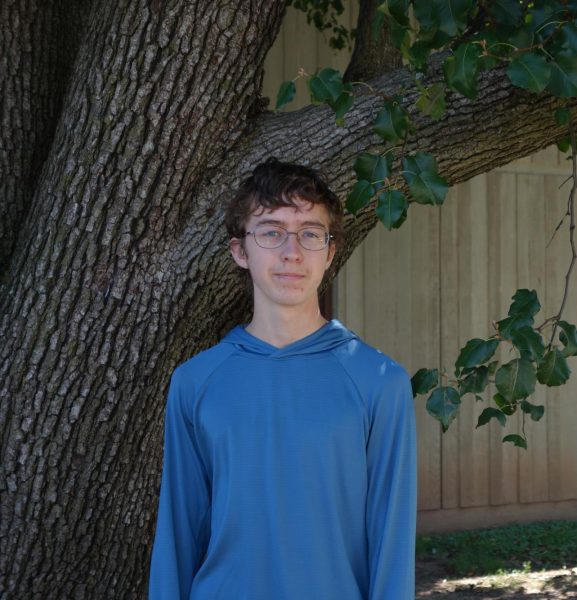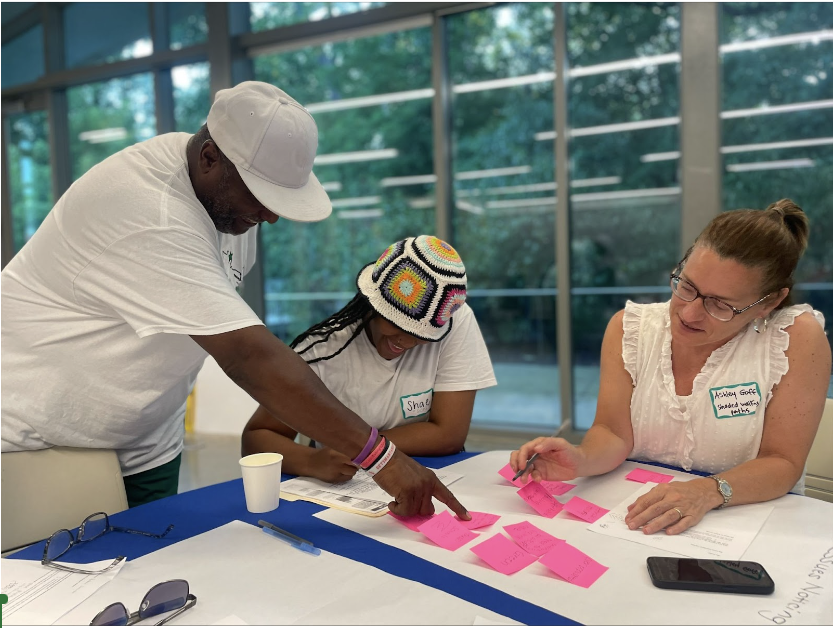
If you’ve been paying attention, you may have noticed boxes of postcards popping up around libraries and other shared spaces, or received letters in your mailbox regarding something called “Arlington 2050.”
Arlington 2050 is a community visioning process headed by the Arlington County Board Office to chart Arlington’s path for the future. The initiative was announced in the beginning of this year by Libby Garvey, the chair of the Arlington County Board.
“A socially resilient community knows where it wants to go,” Garvey said in the announcement. “If we’re clear about where we want to go, we can figure out what we need to do to get there.”
The postcards (called “Postcards from the Future”) are a primary method the County has been using to gather information from the public, with prompts such as “Here I am in the year 2050, and I want to tell you why Arlington is so fantastic…” that allow residents to envision their ideal version of the county 25 years from now.
Arlington 2050 is not the County’s first long-term visioning effort: in 1986, the County launched “The Future of Arlington—The Year 2000 and Beyond,” which had a similar goal of addressing the challenges of the time and creating a clear framework on how to get to a desirable future for the County. The impact of many of the efforts in that document—such as creating a “Hike ‘n Bike Loop” around the County—can still be felt today. Investments into green space, affordable housing, technology, and more shaped the County today and appropriately addressed the challenges of the 1980’s. However, new realities like AI, climate change, the housing crisis, and the post-pandemic decline in office activity present an entirely new set of challenges for the County.
“It’s a good report, but we are well past the year 2000,” said Garvey. “It’s time for another visioning process to think about where we want to go as a County and about what the big issues and challenges will be for us in, say, the year 2050.”
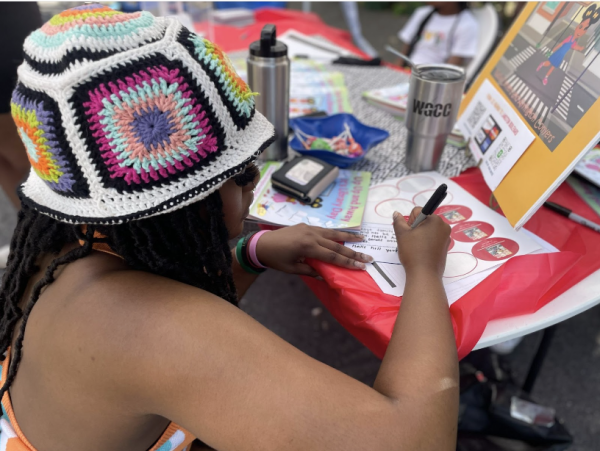
Kristen Clark, who has been working on Arlington 2050 since May, says the initiative is also a way for the County to explore new ways of engaging with residents. “It is clear to me that people are interested in weighing in and being a part of what happens to Arlington and creating a place that they want to live in,” she said, but “the way governments need people to weigh in on these things doesn’t necessarily feel super natural or fun… This has been a really cool opportunity to engage with residents where they are, on their own terms.”
This is particularly true for students, who often can’t be reached by local governments’ typical engagement strategies. Clark has been working with teachers at ACC to integrate engagement into the school curriculum.
Ms. Maskeloney, who teaches ACC’s quantitative analysis class, says she hopes that the students involved will come away with a better understanding of how to make change happen at the local level.
“For [your] story to have impact, to make some sort of change, it has to be backed up with a logical argument supported by data,” she said. “I hope they will feel that civic engagement is not that intimidating.”
Students’ projects will be incorporated into the County’s goal of creating “2 to 3 distinct visions” for the future of Arlington by the end of the year, after which they will “work together to decide which of these visions we want.”

